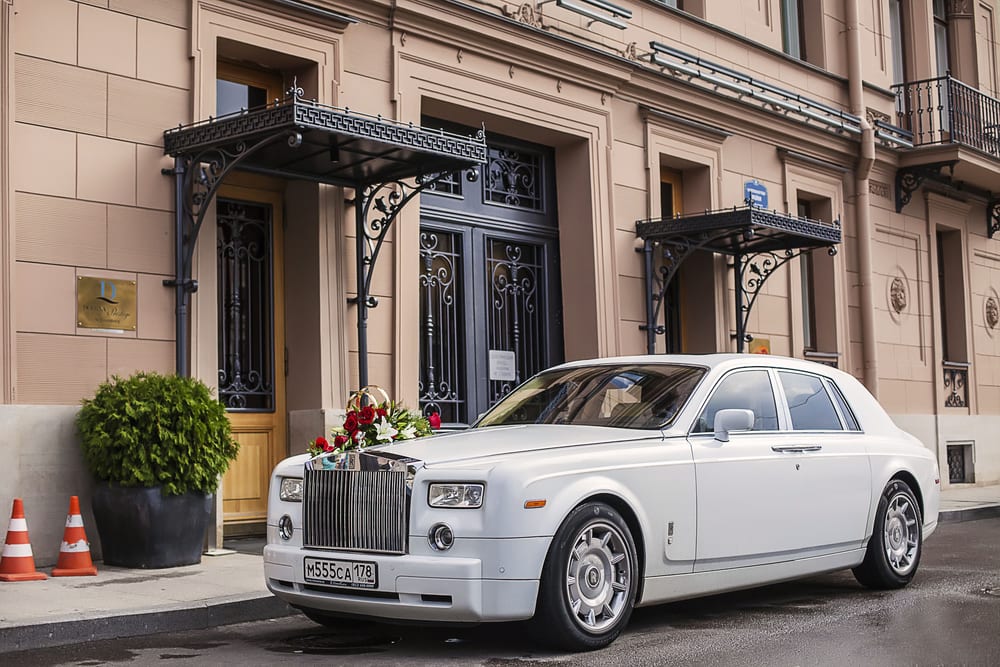Outline
- Introduction
- Brief overview of Rolls-Royce Holdings plc
- Importance of share price analysis
- Historical Performance
- Overview of past share price trends
- Key historical events affecting the share price
- Recent Performance
- Analysis of recent share price movements
- Factors influencing recent changes
- Market Position and Competitors
- Rolls-Royce’s position in the market
- Comparison with competitors
- Financial Health and Future Prospects
- Current financial status of Rolls-Royce
- Future growth prospects and predictions
- Conclusion
- Summary of key points
- Final thoughts on the share price outlook
- FAQs
- Common questions about RR share price
Historical Performance
Rolls-Royce Holdings plc has experienced significant fluctuations in its share price over the years. Historically, major events such as the 2008 financial crisis and Brexit have heavily impacted the company’s stock value. For instance, during the 2008 crisis, the share price saw a substantial decline due to the overall market downturn. However, RR share price strategic initiatives, such as expanding into new markets and innovating its product line, have helped it recover and stabilize in the subsequent years. The company’s ability to adapt to changing market conditions and invest in cutting-edge technology has been crucial in maintaining its market position.
Recent Performance
In recent years, Rolls-Royce has faced challenges due to the COVID-19 pandemic, which significantly impacted the aviation industry—a core segment of its business. The share price saw a sharp decline as airlines reduced orders for new engines and deferred maintenance. Despite these setbacks, RR share price has made strides in diversifying its business and improving operational efficiency. The company’s focus on sustainable energy solutions and restructuring efforts have shown positive signs of recovery. As a result, the share price has started to rebound, reflecting increased investor confidence in the company’s long-term prospects.
Conclusion
Rolls-Royce Holdings plc has demonstrated resilience in the face of various economic challenges. While historical and recent performances highlight the volatility of its share price, the company’s strategic initiatives and focus on innovation provide a positive outlook for the future. Investors should consider both the risks and potential rewards when evaluating RR share price, keeping in mind the company’s efforts to diversify and adapt to market changes.
FAQs
1. What factors have historically impacted Rolls-Royce’s share price? Major economic events, industry-specific challenges, and company-specific developments such as product innovations and strategic expansions have significantly impacted Rolls-Royce’s share price.
2. How did the COVID-19 pandemic affect Rolls-Royce’s share price? The pandemic led to a sharp decline in the share price due to reduced demand in the aviation industry, a core business segment for Rolls-Royce.
3. What steps has Rolls-Royce taken to recover from recent setbacks? Rolls-Royce has focused on diversifying its business, improving operational efficiency, and investing in sustainable energy solutions to drive recovery and growth.
4. How does Rolls-Royce’s market position compare to its competitors? Rolls-Royce holds a strong position in the market, particularly in the aerospace sector, though it faces stiff competition from companies like General Electric and Pratt & Whitney.
5. What are the future prospects for Rolls-Royce’s share price? Future prospects appear positive due to the company’s strategic initiatives and focus on innovation, though investors should remain aware of potential risks and market volatility.

